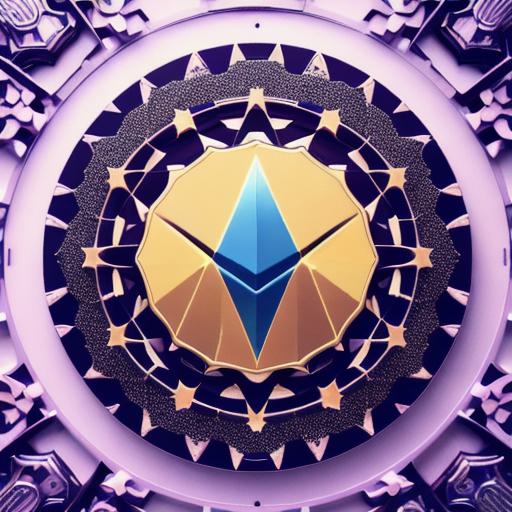Introduction:
Ethereum is a decentralized platform that enables developers to build smart contracts, decentralized applications (dApps), and other blockchain-based solutions. With its growing popularity among developers, Ethereum has become one of the most exciting and promising platforms in the blockchain space. In this article, we will explore how Truffle, a popular development framework for Ethereum, and Web3 integration can help unlock the full potential of Ethereum.

Part 1: Understanding Ethereum and Truffle
Before diving into the world of Ethereum and Truffle, let’s first understand what these platforms are all about.
Ethereum is a decentralized platform that enables developers to build smart contracts and other blockchain-based solutions. Smart contracts are self-executing programs that automate complex processes and eliminate the need for intermediaries. Ethereum provides the infrastructure for running smart contracts, while developers can use programming languages like Solidity to write these contracts.

Truffle is a popular development framework for Ethereum that simplifies the process of building smart contracts and dApps on Ethereum. It includes a suite of tools for testing, deploying, and managing smart contracts on Ethereum. Truffle makes it easy for developers to create and test their smart contracts locally before deploying them to the Ethereum mainnet.
Part 2: Building Smart Contracts with Truffle
Now that we have a basic understanding of Ethereum and Truffle, let’s explore how these platforms can help developers build smart contracts.
Smart contracts are self-executing programs that automate complex processes and eliminate the need for intermediaries. They can be used to facilitate transactions, manage assets, and even create decentralized autonomous organizations (DAOs). Building a smart contract on Ethereum involves writing code in Solidity, the programming language used on Ethereum.
Truffle simplifies the process of building smart contracts by providing a suite of tools for testing, deploying, and managing smart contracts. Developers can use Truffle to create and test their smart contracts locally before deploying them to the Ethereum mainnet. This allows developers to catch errors and bugs before they are deployed on the mainnet, which saves time and resources.
Part 3: Integrating Web3 with Ethereum and Truffle
Now that we have explored how Truffle can help developers build smart contracts, let’s explore how these contracts can be integrated with Web3.
Web3 refers to the decentralized internet, which is built on blockchain technology. It includes decentralized applications (dApps), protocols, and tools that enable users to interact with each other and with data in a secure and transparent way. Ethereum is one of the most popular platforms for building dApps and other Web3 solutions.
Truffle can help developers integrate their smart contracts with Web3 by providing a suite of tools for testing, deploying, and managing smart contracts on Ethereum. Developers can use Truffle to create and test their smart contracts locally before deploying them to the Ethereum mainnet. Once deployed, these smart contracts can be integrated with other Web3 tools and protocols to create powerful dApps and other solutions.
Case Study: A Decentralized Marketplace built on Ethereum and Truffle
To illustrate how Ethereum, Truffle, and Web3 integration can unlock the full potential of smart contracts, let’s look at a real-life example of a decentralized marketplace built on Ethereum and Truffle.
OpenZeppelin is a company that provides secure smart contract development services for businesses and organizations. They recently built a decentralized marketplace for buying and selling digital art using Ethereum and Truffle. The marketplace, called
